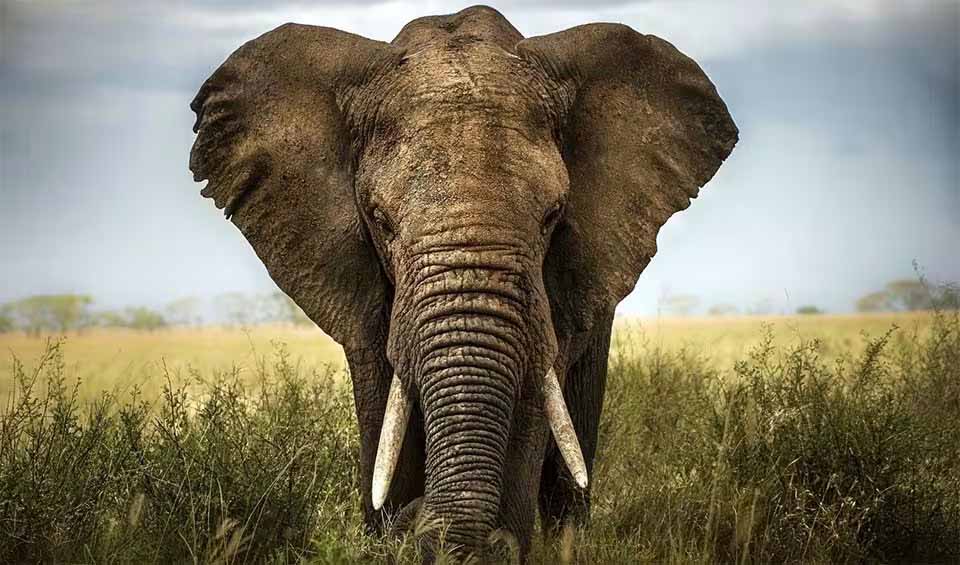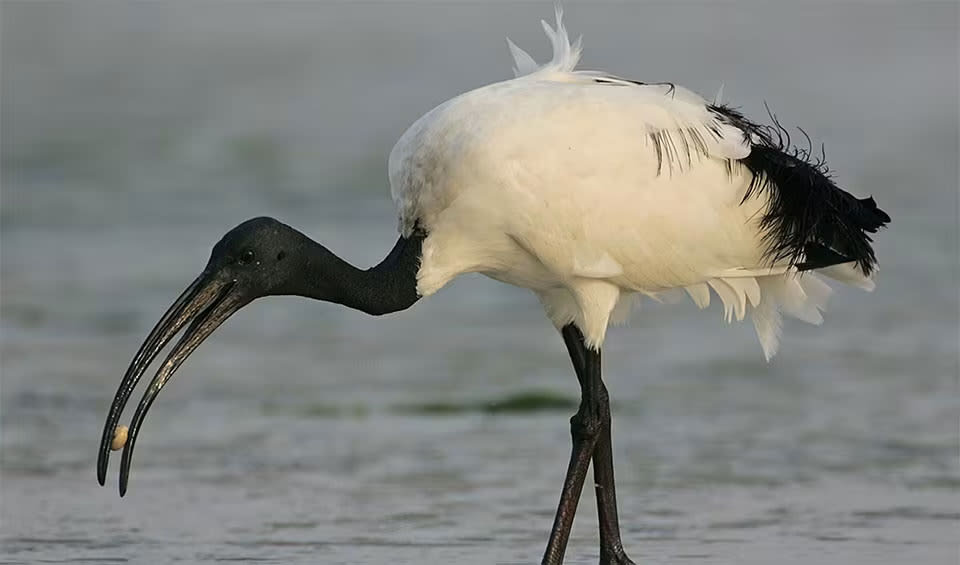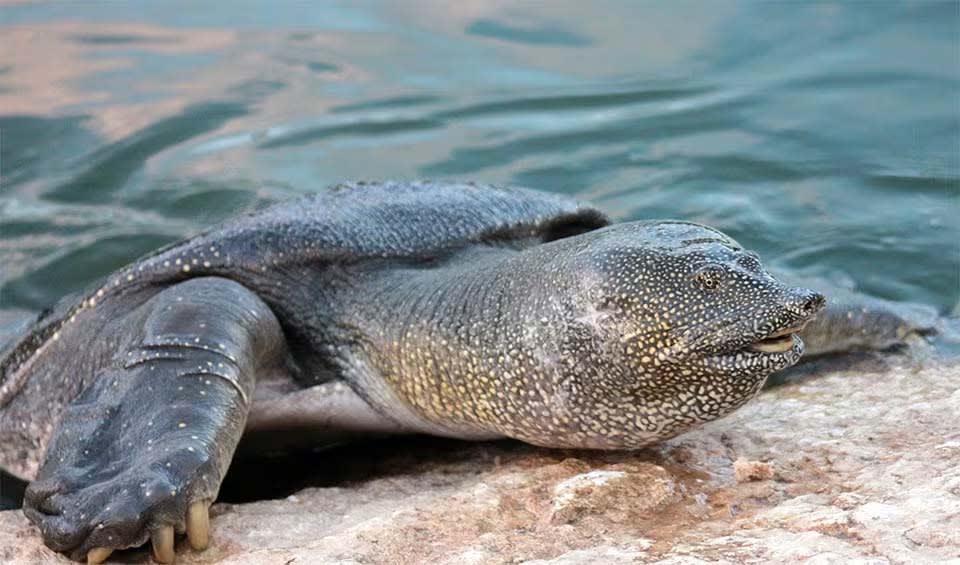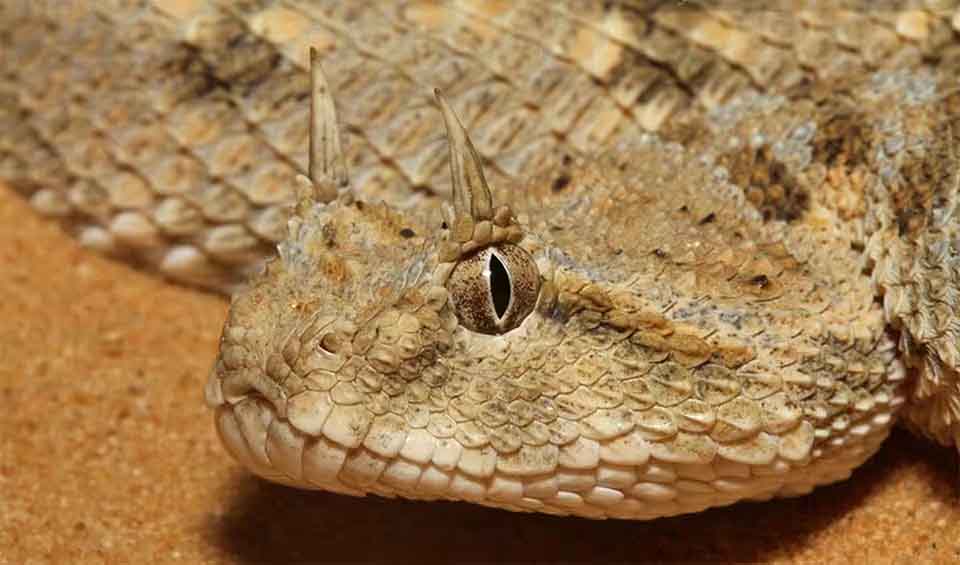Niger, a landlocked country situated in West Africa, derives its name from the Niger River, which flows through the southwestern part of the country. The landscape of Niger is diverse and dominated by the Sahara Desert in the north, characterized by vast expanses of sand dunes and rocky plateaus. This arid region hosts a limited array of wildlife, primarily resilient reptiles and small mammals adapted to the harsh desert conditions. Transitioning southward, the central Sahel region, a semi-arid belt, presents a mix of shrubs and acacia trees, which have adapted to the dry environment. The Sahel serves as a critical ecological zone, supporting a more varied array of fauna, including antelopes, lions, and elephants, particularly near water sources like the Niger River.
Further south, the environment becomes progressively more hospitable with savannah grasslands and patches of woodland, benefiting from greater rainfall. This region supports a richer biodiversity and is crucial for agriculture, which forms the backbone of Niger’s economy. Despite its natural beauty and diversity, Niger faces severe environmental challenges. The process of desertification is advancing, turning fertile land into desert, exacerbated by climate change and unsustainable land use practices. Water scarcity is another critical issue, impacting both human populations and wildlife, especially in the arid northern and central parts.
Four pillars elaborated:
Niger currently has seven protected areas that cover 14.29% of the country’s territory. Management units are in place for all these areas, with a co-management approach implemented in five of them, along with a specific management plan for Park W. Additionally, a management agreement is in effect for the Aïr and Ténéré National Nature Reserve, and there are developed management plans for various wetlands. The National Nature Reserve of Termit and Tin Toumma has also been established. Land Management
Land Management
In total, Niger hosts 12 designated Ramsar sites, recognizing their importance as wetlands of international significance. In terms of urban and peri-urban forestry, numerous plantations have been established, including the Niamey Green Belt, which spans 2,500 hectares (25 km²). These initiatives have been undertaken by the state, local communities, various projects (including private ones), and often involve local populations.
Threats to Niger’s biodiversity come from both human activities and natural factors. Human-related threats encompass poor agricultural practices, poaching, habitat degradation or destruction, wildlife overexploitation, and pollution. On the natural side, threats primarily stem from climatic challenges linked to decreasing rainfall levels, recurrent droughts, uneven rainfall distribution, and extreme temperatures. Threats to Biodiversity
Threats to Biodiversity
Law No. 98-07, enacted on April 29, 1998, regulates hunting and establishes wildlife protection as a foundational principle in Niger. This law details hunting practices, various permit categories, user rights, and the protection of wildlife, property, and individuals. It explicitly bans hunting in national parks, wildlife reserves, and any sanctuaries that may be established within the country for wildlife protection and management purposes. Additionally, it sets up a wildlife management fund, outlining the management practices and the allocation of revenues from wildlife-related activities. In 2010, Niger further strengthened its environmental legislative framework by adopting an Ordinance on the Water Code, which includes measures for the conservation and sustainable use of biodiversity. Capacity and Governance
Capacity and Governance
The National Biodiversity Strategy and Action Plan (NBSAP) of Niger presents a detailed strategy for preserving and sustainably using the nation’s diverse biological resources. This plan targets several issues such as climate change, land degradation, and unsustainable exploitation of resources. It highlights the need for incorporating biodiversity conservation into multiple sectors like agriculture, forestry, and fisheries, advocating for sustainable practices, enhanced capacity building, and active community involvement. Additionally, the NBSAP focuses on strengthening protected areas, as well as boosting research and monitoring efforts. Future Trends
Future Trends
Biodiversity
Niger hosts a surprising variety of biodiversity adapted to its unique environments. The country’s ecosystems range from the Sahara Desert in the north to the Sahelian savannas in the south, each supporting distinct communities of flora and fauna. In the northern region, the Sahara Desert dominates, with its expansive sand dunes and rocky plateaus. While this area appears barren, it supports specialized wildlife such as the addax and the Dorcas gazelle, both of which are adapted to extreme arid conditions. These species, along with desert reptiles and a variety of bird species, have evolved to survive in the harsh desert climate.The Aïr and Ténéré Natural Reserves, a UNESCO World Heritage site, are located in the central part of Niger and represent a unique desert ecosystem. These reserves protect critical habitats for the endangered West African giraffe and the Barbary sheep. The Aïr Mountains, rising from the desert, create a microclimate that supports pockets of vegetation, providing a refuge for wildlife and a diversity of plant species not found elsewhere in the surrounding desert.
In the table below are the number of known species in several main groups, how many of these species are Threatened with extinction, and how many of them are Endemic (unique to Niger only):
| Species (World rank) |
Threatened | % Threatened | Endemic | % Endemic | |
|---|---|---|---|---|---|
| Mammals | 452 (#10) | 13 | 2.9% | ||
| Birds | 439 (#79) | 17 | 3.9% | ||
| Reptiles | 251 (#38) | 3 | 1.2% | 1 | 0.4% |
| Amphibians | 11 (#138) | ||||
| Fishes | 104 (#180) | 2 | 1.9% | ||
| Plants | 827 (#184) | 4 | 0.5% |
mammals
Lion
Tufted-tailed Simba in the plight
African bush elephant
Size matters! The largest of the three elephant species and the largest extant terrestrial creature on our planet
Rhim gazelle
Master of conserving energy; it will rest in the shade to avoid wasting energy and overheating
birds
African fish eagle
With its striking appearance and distinctive call, it is often referred to as the “voice of Africa”
Hamerkop
The hammerheads of the bird kingdom
African sacred ibis
The fossil records suggest that this species has been on this planet for millions of years
reptiles
African softshell turtle
Instead of a bony shell, it has a flat, leathery covering that helps it glide smoothly through the water
Saharan horned viper
Despite its fearsome appearance, it is a shy and reclusive creature that would rather hide than confront a threat
Desert monitor
Known for their impressive stamina and can travel long distances in search of food and water
National Animals
Dama gazelle
Known for their extremely long legs, which lift their bodies off the hot desert sand, helping to keep them cool














